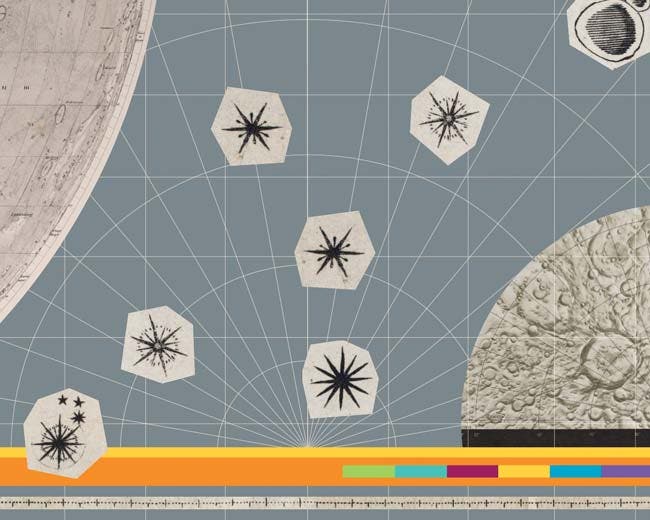
Mapping the Moon
Project Ranger
NASA’s Ranger program, operated by the Jet Propulsion Laboratory at the California Institute of Technology, was a series of unmanned missions to the Moon during the mid-1960s. The objective of the program was to obtain high-resolution photographs of the lunar surface in advance of Surveyor and Apollo lunar landing missions.
Built to Crash
Ranger spacecraft were sent on a collision course to the Moon. They were designed to transmit close-up photographs of the lunar surface a few minutes before they crashed. The first six Ranger flights failed to reach the Moon. The final three flights successfully impacted the lunar surface, transmitting thousands of detailed images back to Earth.
Cameras
Each Ranger spacecraft contained six vidicon television cameras manufactured by RCA. The cameras had varying exposure times and fields of view. Three of the six cameras used 25-mm lenses; the other three had 76-mm lenses.
Success with Ranger VII
After six failures, Ranger VII, launched July 28, 1964, and impacted the moon three days later in Mare Cognitum (the Sea That Has Become Known). The spacecraft transmitted over 4,300 images during the final 17 minutes of its flight. These were the first close-up images of the lunar surface. They revealed a landscape dotted with impact craters, even in areas that looked relatively smooth from Earth-based observations.
Rangers VIII & IX
In February 1965, Ranger VIII crashed in Mare Tranquillitatis (the Sea of Tranquility) approximately 43 miles from where Apollo 11 would land in July 1969. The probe sent back over 7,000 photographs. Ranger IX, the final mission, impacted the Moon near Alphonsus Crater in March 1965. The spacecraft transmitted over 5,800 images.
